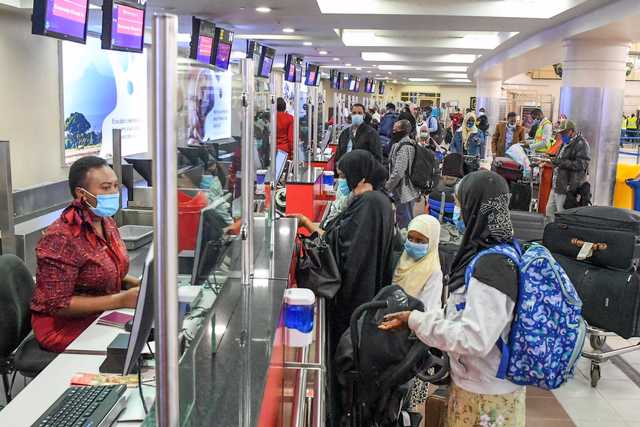With financial woes compounded by Covid-19 economic hardships, it is likely many more airlines will go under.
Two of the continent’s biggest carriers – South African Airways and Kenya Airways – are under financial stress.
Africa has 357 airlines, the top 10 of which carried more than 60 percent of traffic. This reflects the fact that many carriers on the continent are very small: some have as few as two aircraft.
Between them, the airlines carried 95 million passengers in 2019, according to Routes, an online source of information on route announcements.
Airlines operating on the continent face particular challenges.
Firstly, the industry has to contend with huge disparities in economic and air transport development. There is also an uneven distribution of international air passenger traffic across regions and within countries.
The traffic is predominantly centered in a few hubs in North, East and South Africa; and in the large and medium-sized cities.
Other challenges include high costs of operation, market protectionism as well as safety and security concerns.
There are very few profitable African airlines. In 2020, only Ethiopian Airlines made a profit in the continent. And with financial woes compounded by Covid-19 economic hardships, it is likely many more airlines will go under.
Two of the continent’s biggest carriers – South African Airways and Kenya Airways – are under financial stress. Both have made significant losses over the past few years and lost market share and destinations to competition.
South African Airways came close to being wound up, but for its part, Kenyan Airways reported losses of Sh36.2 billion ($333 million) for the 2020 financial year.In November, the two national airlines signed a Strategic Partnership Framework, formalising their plan to set up a pan-African airline in 2023.In my view, the partnership will only succeed if certain conditions are met. The two most important ones are that, firstly, there must be strong national and political agreement and will. But, secondly, the tie-up must be driven by the private sector.My recent research on Air Afrique’s (an airline that was mainly owned by many West African) failures found that the airline was doomed by conflicting national objectives and some of the 11 participating countries were unhappy with what they called a subordinate role. The case for a partnership A range of academic studies show that alliances affect the production costs of participating airlines through economies of scale (by means of joint operations of air and ground services), increased […]
